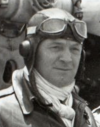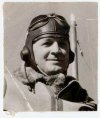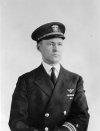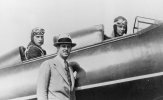Ken at Aero Leather
Well-Known Member
I would not be surprised if all Werber A-2 contracts had snap-pockets, given their cost-conscious approach. Just don't know for certain (yet).
To put these buttonholes in perspective,
To Stud the pocket flaps , 5 seconds each tops
Machine Automatic Button Hole, 5 seconds plus approx another 60 seconds to hand sew a stemmed button
It took me the same time to make the two pocket flaps as it took me to put the rest of bodyshell together up to lining stage, maybe 10-15 minutes each, OK I was working the best way out as I made the buttonholes but I doubt if I could get it down to under 5 minutes each plus button sewing time.





